REMKO GPM Series User manual
Other REMKO Heater manuals
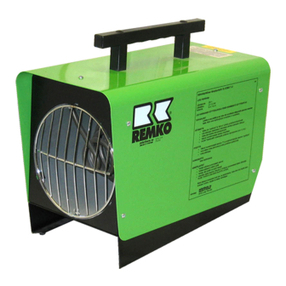
REMKO
REMKO ELKOMAT 3.2 User manual

REMKO
REMKO CLK 80-RV Guide
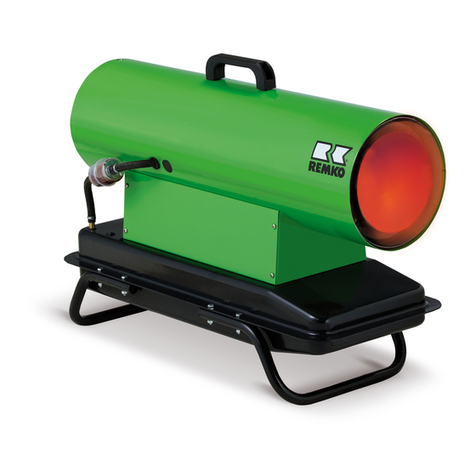
REMKO
REMKO DZH Series User manual

REMKO
REMKO CLK Series User manual
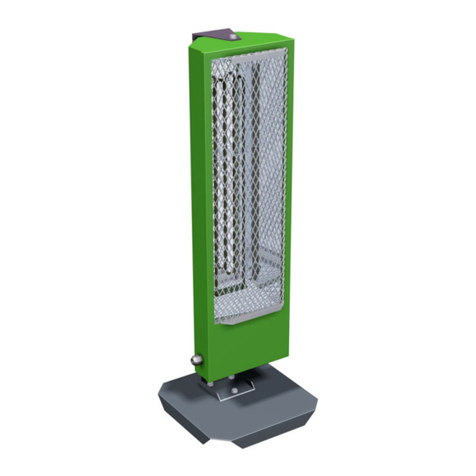
REMKO
REMKO EST User manual
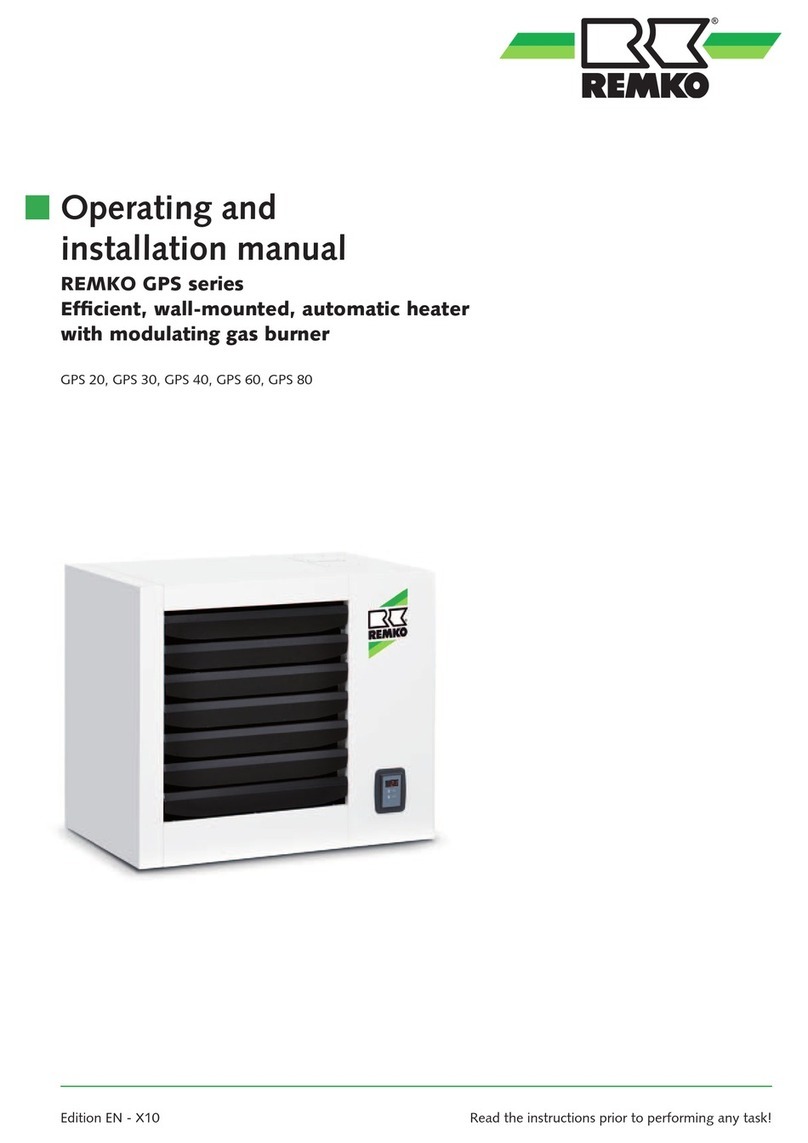
REMKO
REMKO GPS 20 Specification sheet

REMKO
REMKO EST User manual

REMKO
REMKO DZH Series User manual
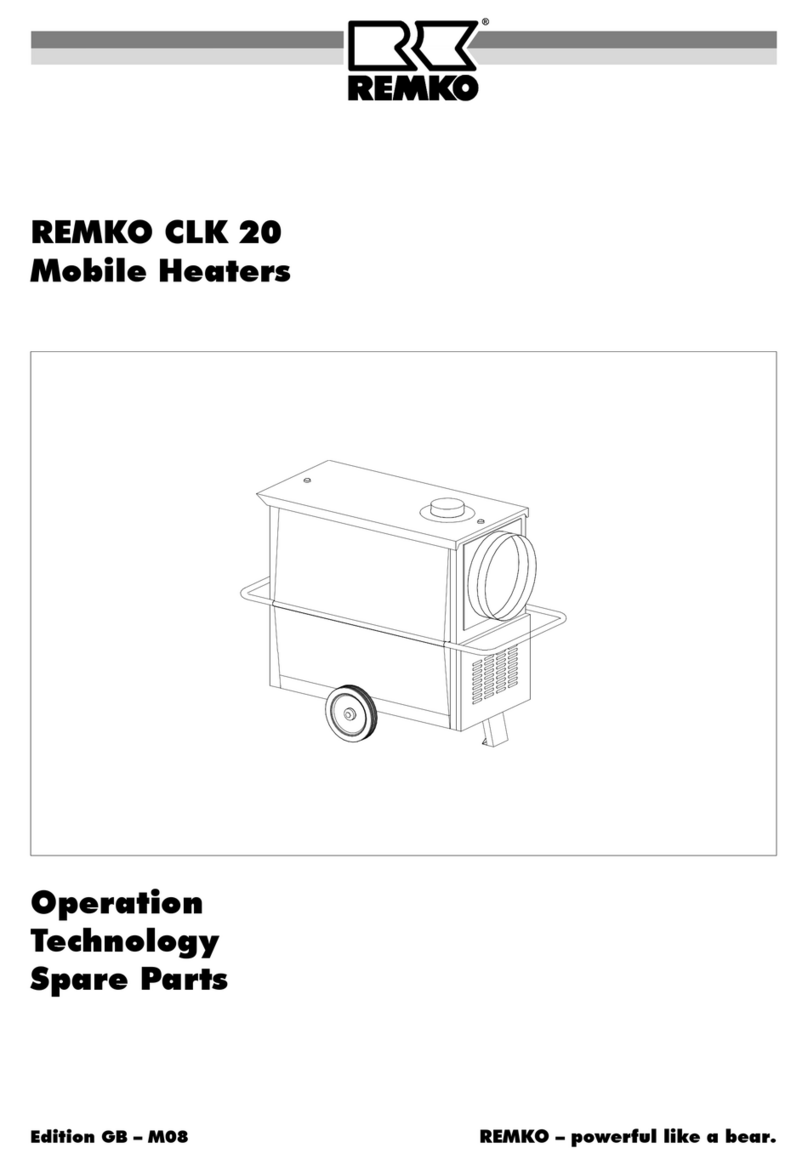
REMKO
REMKO CLK 20 User manual
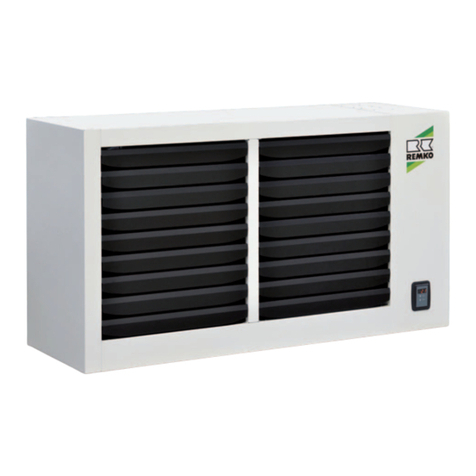
REMKO
REMKO GPS Series User manual

REMKO
REMKO PGM 30 User manual
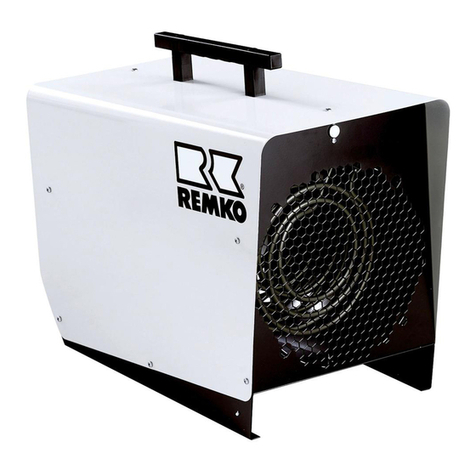
REMKO
REMKO TX 9000 User manual

REMKO
REMKO ATK 25 User manual
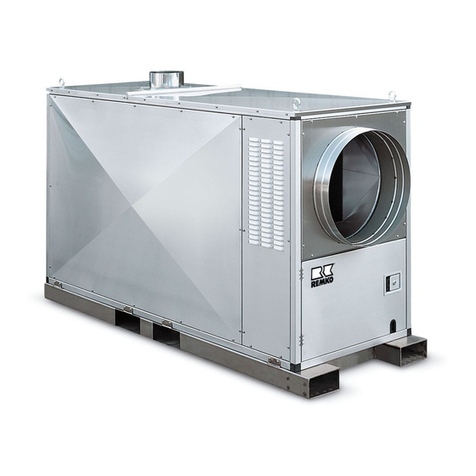
REMKO
REMKO HTL 150-FB User manual
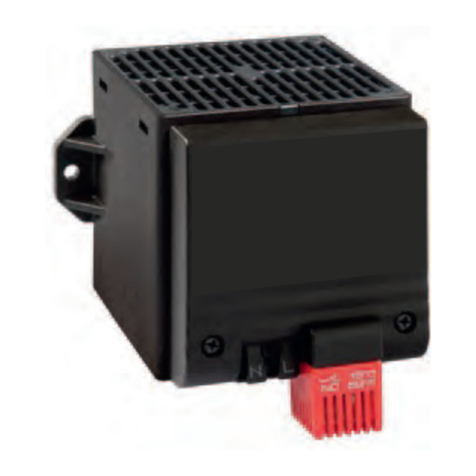
REMKO
REMKO SQW 400 User manual
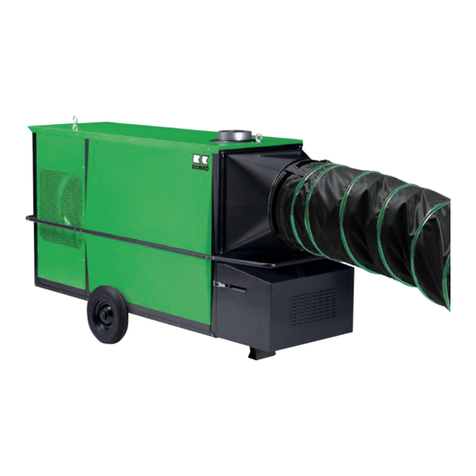
REMKO
REMKO CLK170-RV User manual
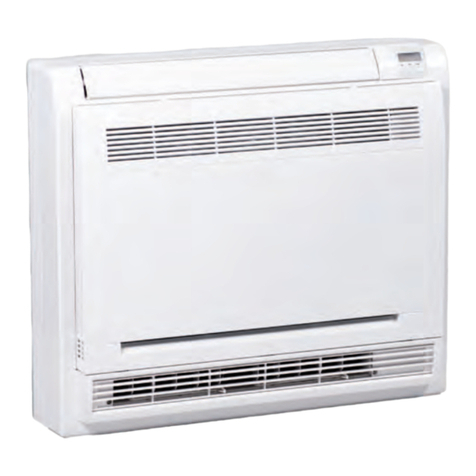
REMKO
REMKO MXT Series User manual
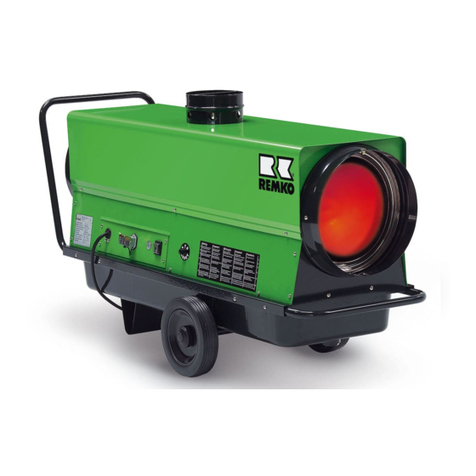
REMKO
REMKO ATK 25 Guide
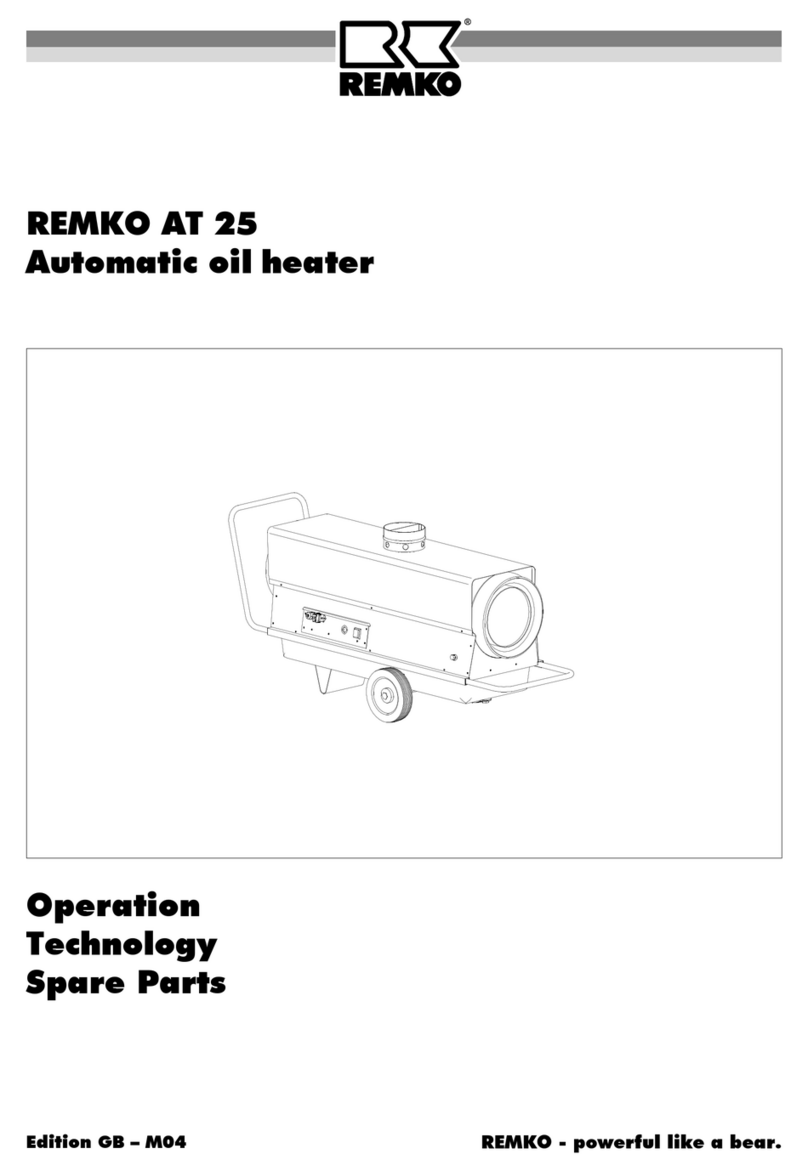
REMKO
REMKO AT 25 User manual
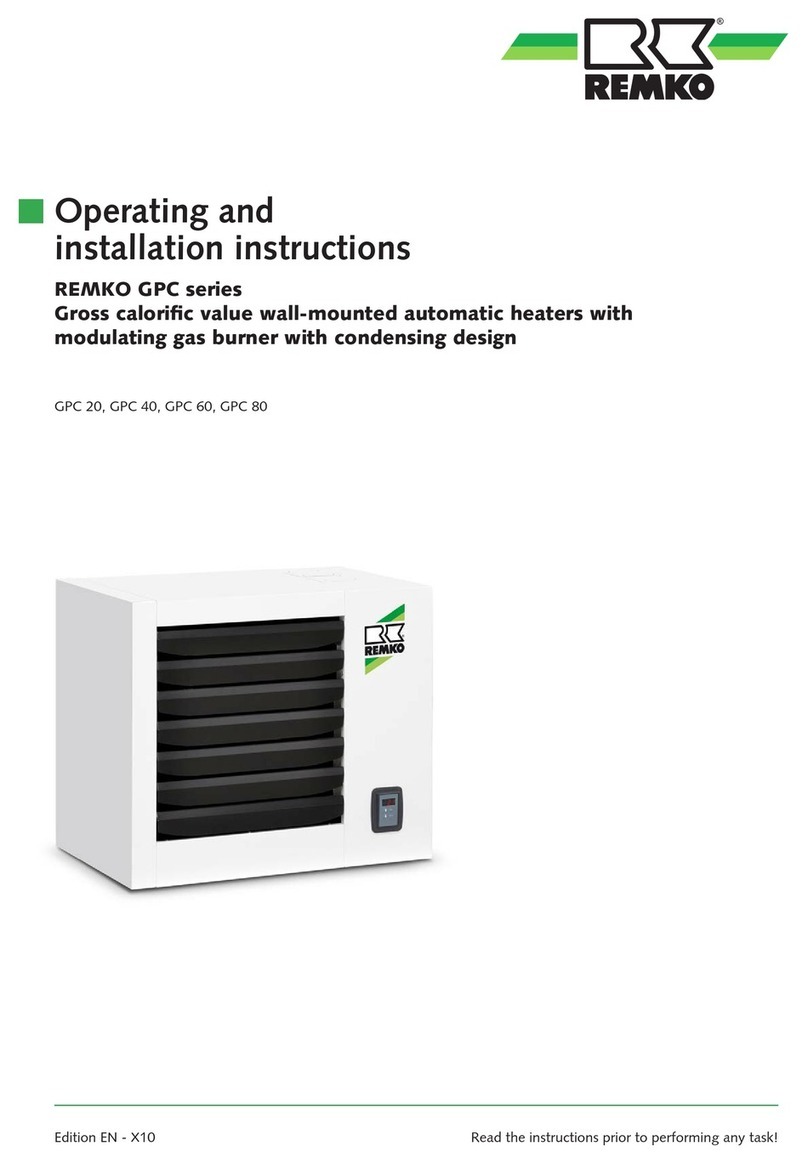
REMKO
REMKO GPC Series User manual
Popular Heater manuals by other brands

Porter-Cable
Porter-Cable PCXH80KT Operating instructions and owner's manual

Dyna-Glo
Dyna-Glo RA18LPDG user manual

Dimplex
Dimplex PLX050E instruction manual

EOS
EOS Herkules XL S120 installation instructions

Trebs
Trebs Comfortheat 99209 manual
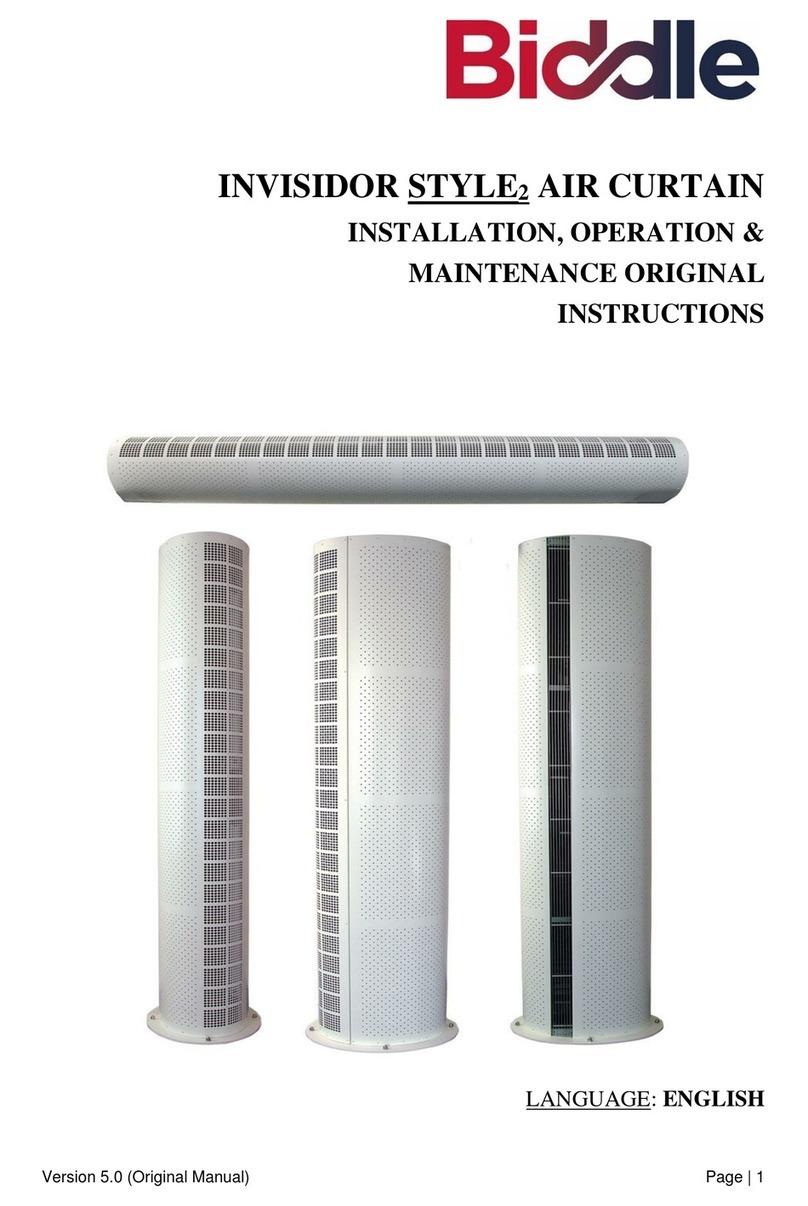
Biddle
Biddle STYLE2 Series Installation operation & maintenance
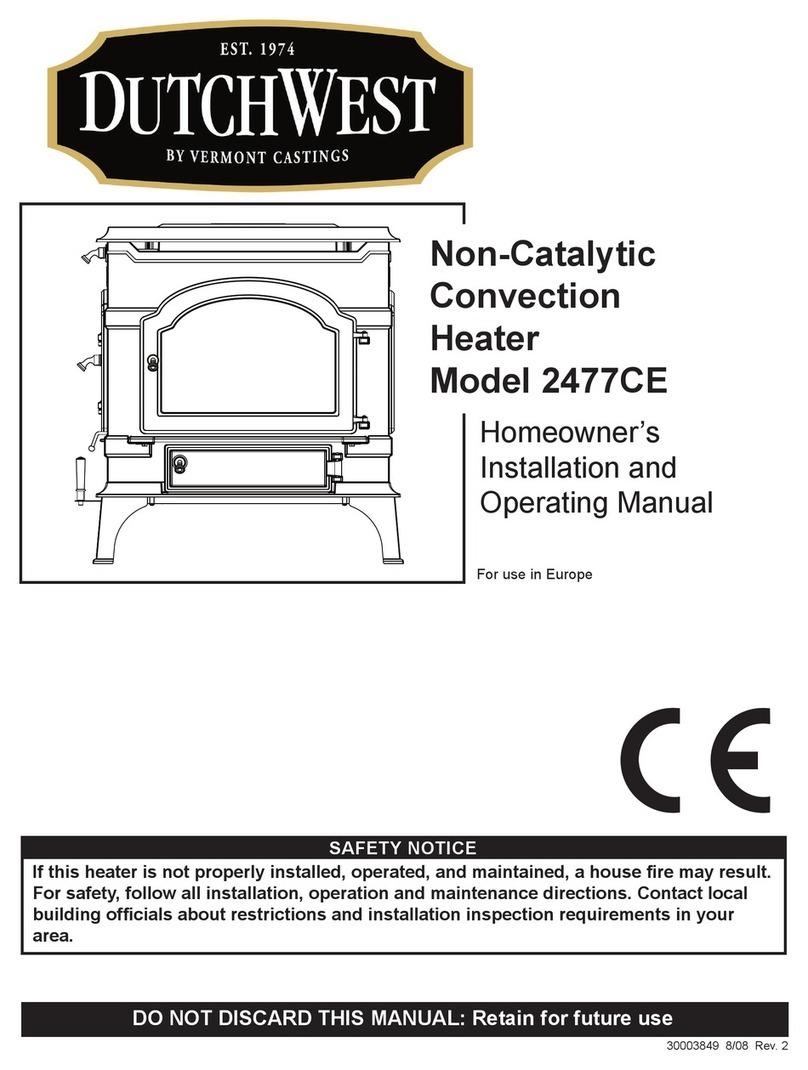
Vermont Castings
Vermont Castings Non-Catalytic Convection Heater 2477CE Installation and operating manual
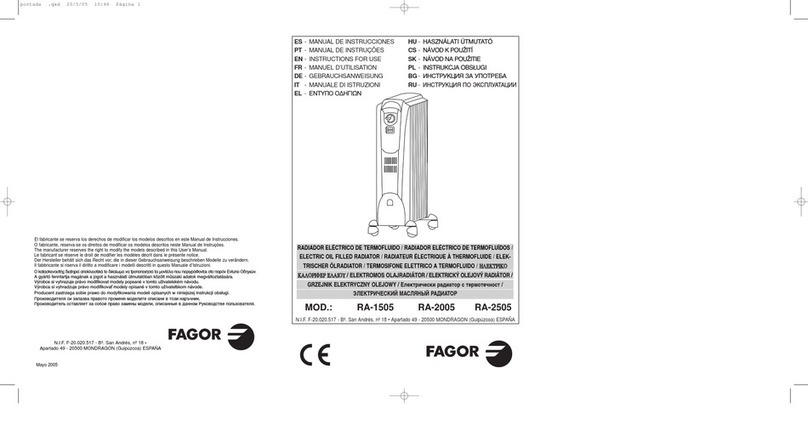
Fagor
Fagor RA-1505 Instructions for use
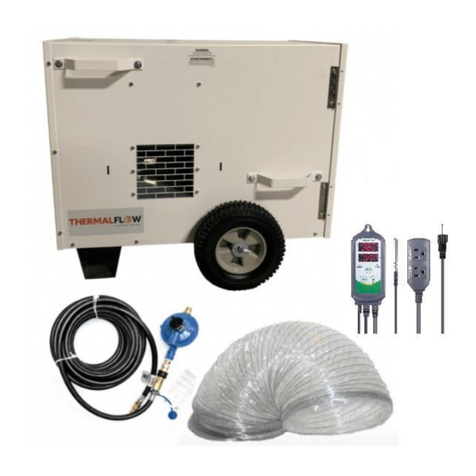
THERMAL FLOW
THERMAL FLOW Delta 175 Operating instructions manual

GET
GET G2CH instructions
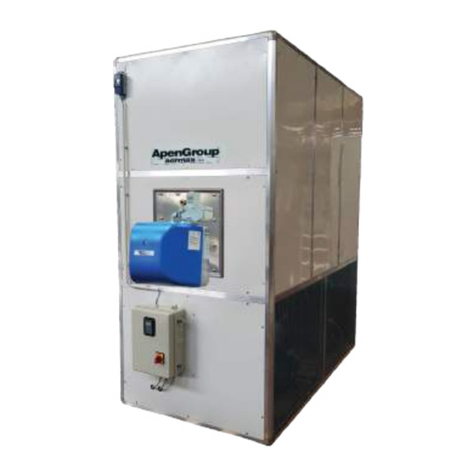
ApenGroup
ApenGroup PK Series User, installation, and maintenance manual

oventrop
oventrop Regucor Series quick start guide

Blaze King
Blaze King CLARITY CL2118.IPI.1 Operation & installation manual

ELMEKO
ELMEKO ML 150 Installation and operating manual

BN Thermic
BN Thermic 830T instructions

KING
KING K Series Installation, operation & maintenance instructions

Empire Comfort Systems
Empire Comfort Systems RH-50-5 Installation instructions and owner's manual

Well Straler
Well Straler RC-16B user guide













